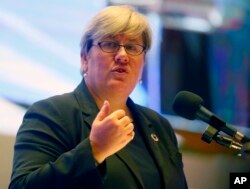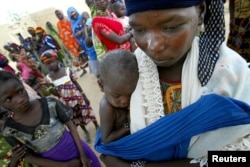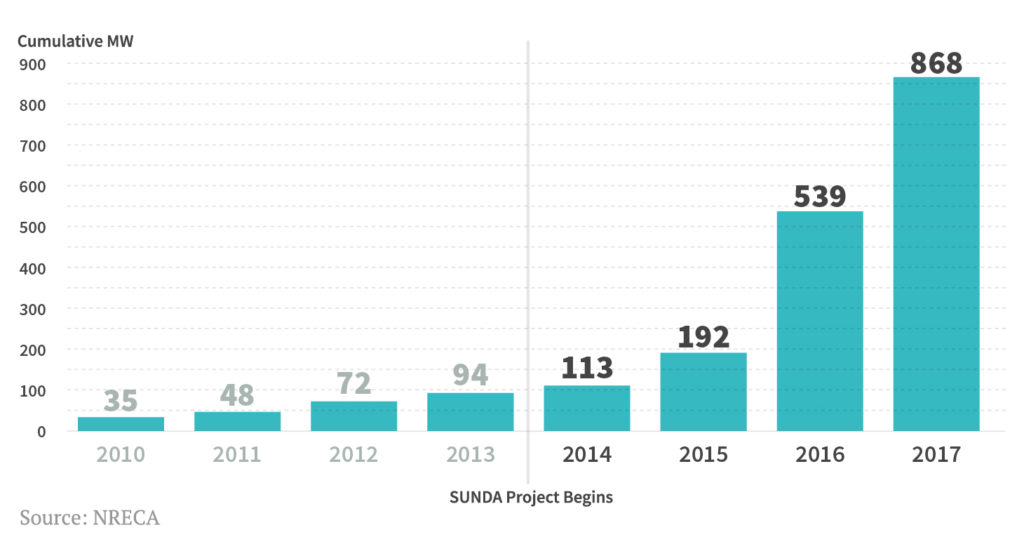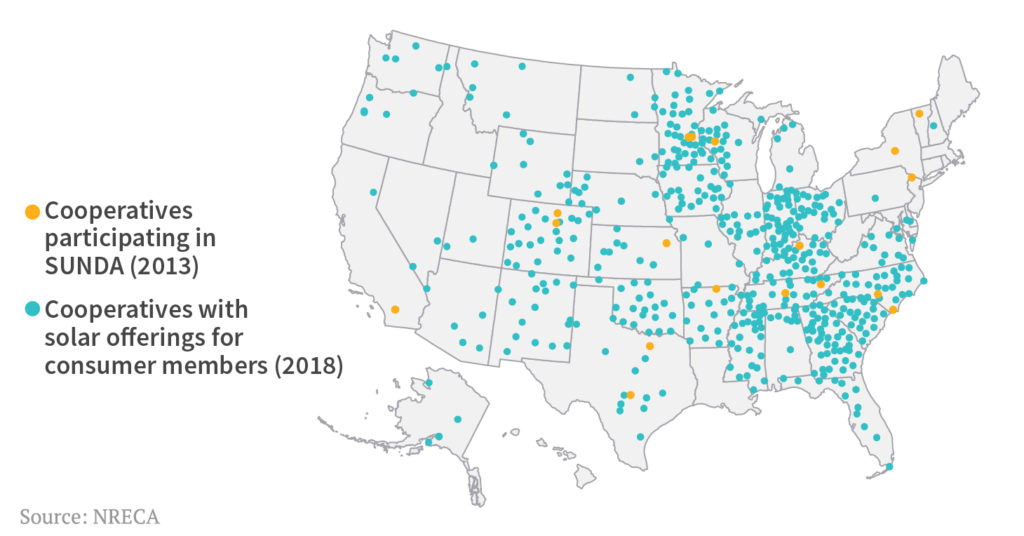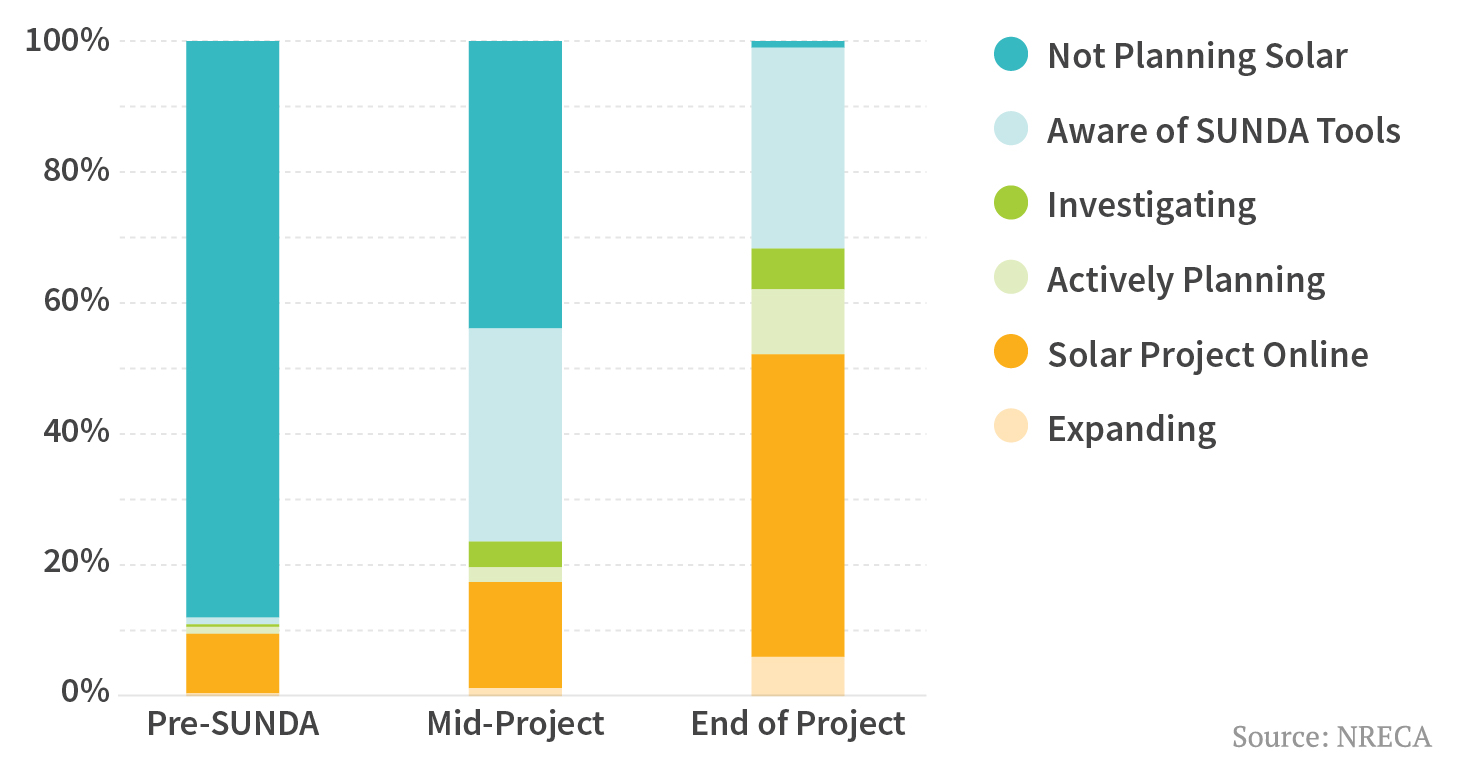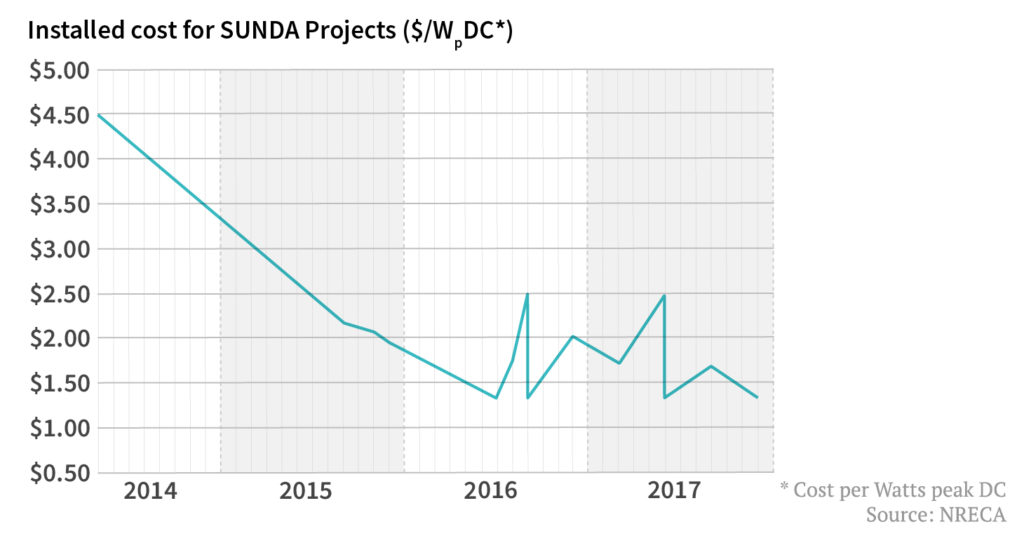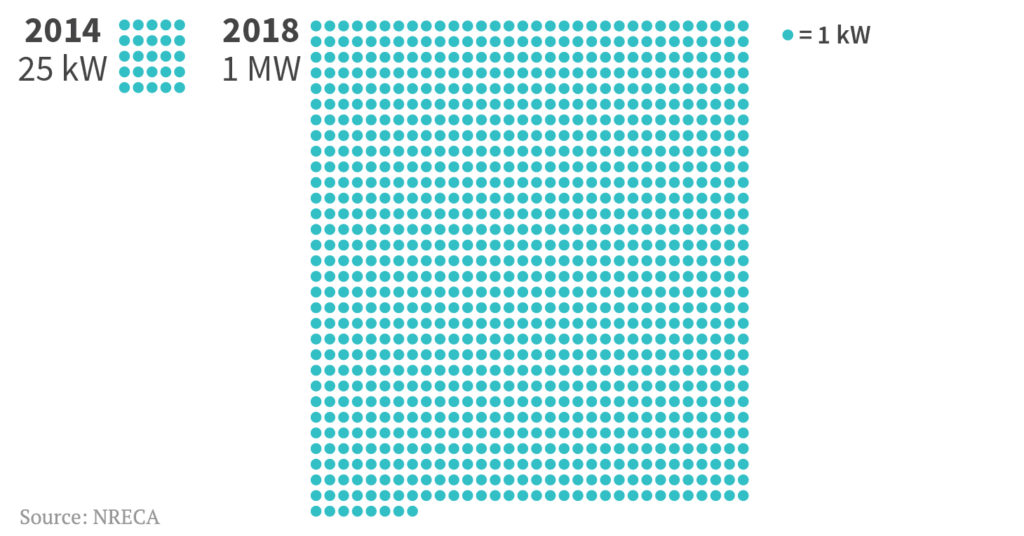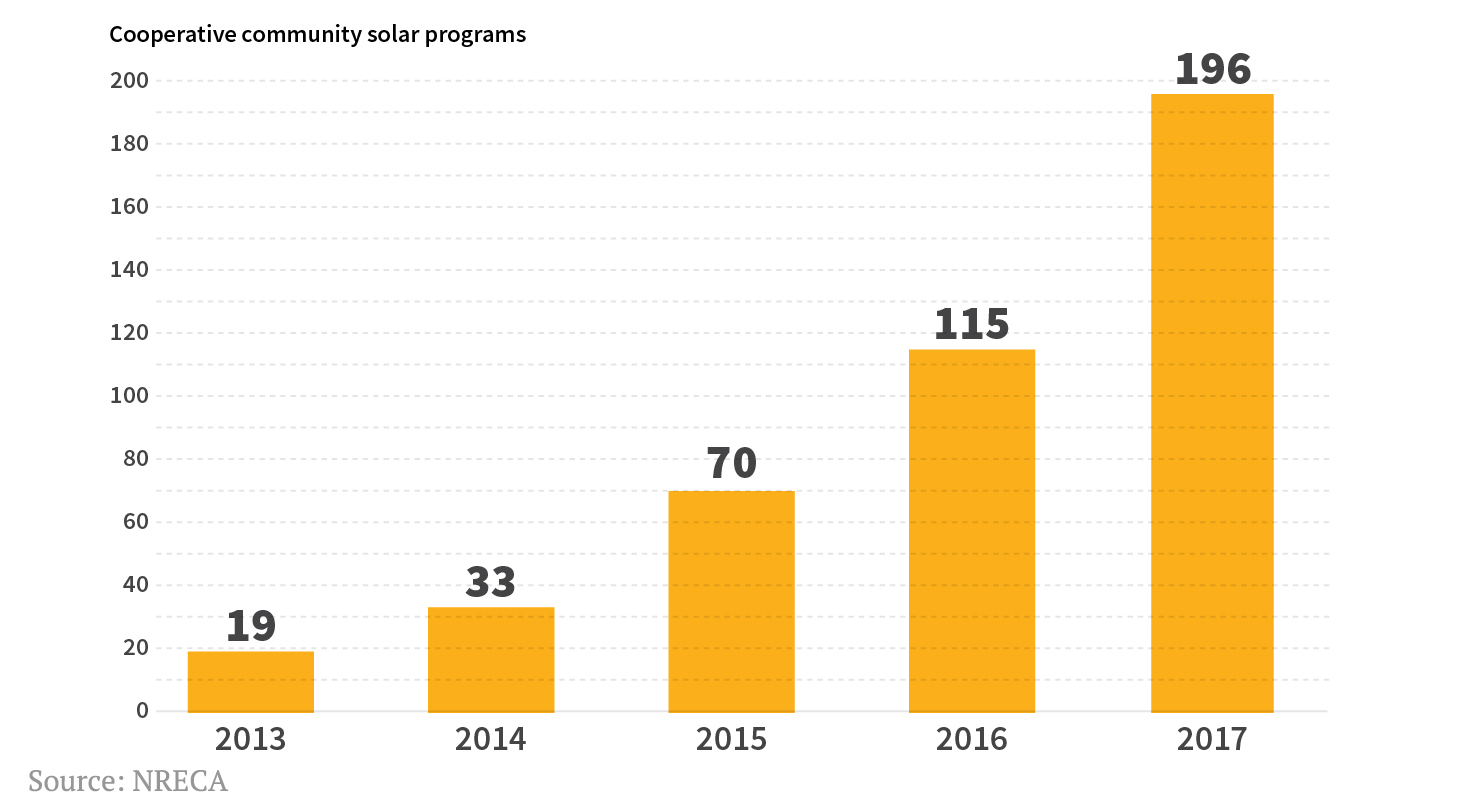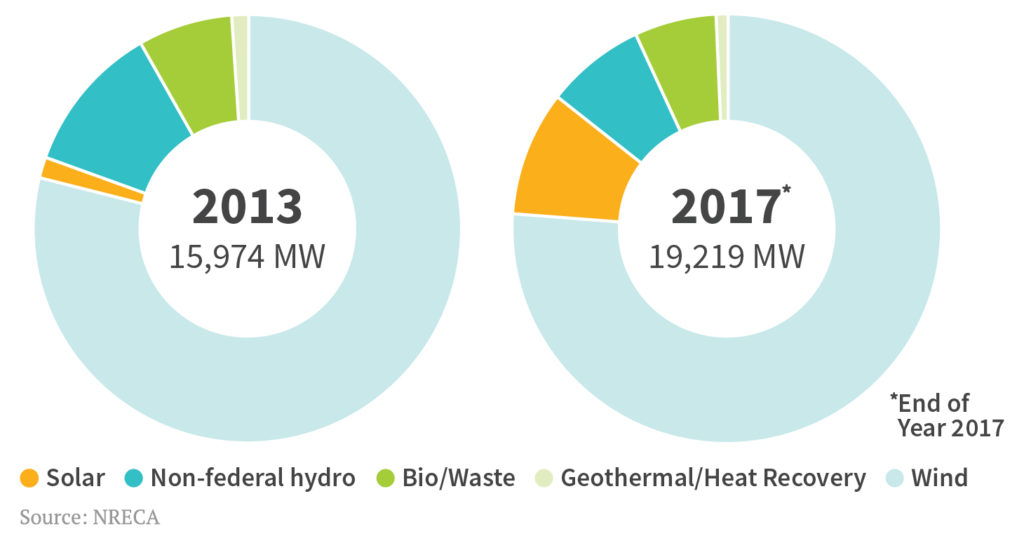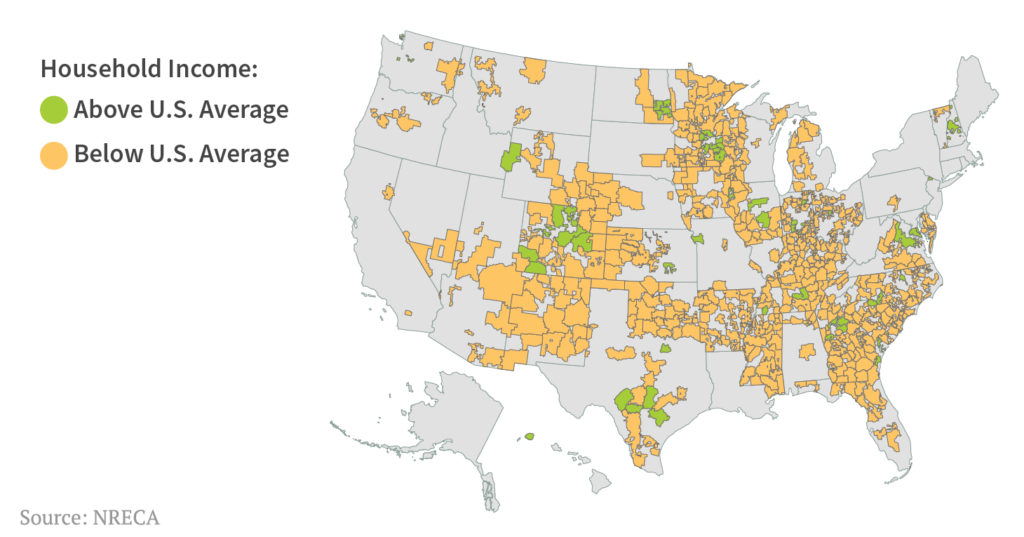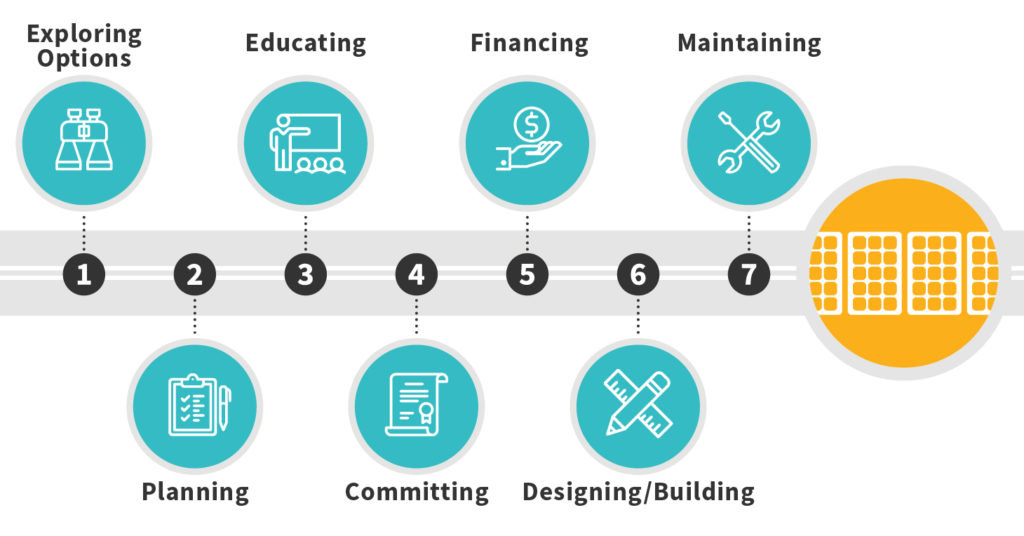[ad_1]
BRUNSWICK — A group of seven Brunswick residents are asking the town not to add solar panels to their property assessments.
The group, represented by Brian Marshall of the law firm Verrill Dana, has filed an appeal of the assessor’s solar panel assessment with Brunswick’s Board of Assessment Review.
Jake Plante of Rossmore Road, one of the seven, estimated there are about 130 homes with solar in town. He said there is a lack of evidence to show there is a real connection between solar panel income and resale value of a property.
“All things aren’t being treated equally,” Plante said. “There are a lot of other fuel types and energy-saving measures people take to reduce their energy footprint and they’re not taxed for those things. So solar is being singled out for this tax.”
Town Assessor Cathleen Jamison rebutted that, saying other energy-efficient components are included in the construction details of a home.
“So if you have a home that has upgraded windows and newer systems, then it’s going to have a different assessed value than one that does not,” she said. “Some of the items like generators and in this case solar panels, get priced out separately from the home.
“They’re not part of the grading process of the home or the depreciation process of the home,” Jamison added, “and they get assessed separately to the home.”
Jamison said she read articles stating that value is attributable to solar panels for the resale of the home, “so based on that information, we assess them.”
During the recent revaluation process, solar panels were counted and assessed at $500 each. After some solar panel owners sought abatements, the per-panel-assessment was lowered to $200 apiece, an amount given to all property owners with solar installations. For the seven property owners Marshall is representing, abatements ranged from $82 to $174.
In letters to Marshall’s clients, Jamison acknowledged there are no sales comparisons on which to base the assessments, but they are instead based on income they generate, something opponents say is problematic.
Marshall said the assessment is unlawful because it is arbitrary and fails to arrive at “just value” – or market value – for the systems, that the method is discriminatory because it singles out solar technology, and is contrary to state policy supporting solar energy development.
“What I think is so troubling to us is that just a couple years ago, the town sponsored the Solarize Brunswick program,” Plante said. “I think 65 sales resulted from that program, which was incredibly successful, with 45 roof-top systems and some 20-odd more that joined community solar farms around the state – all in response to the town sponsoring this event to reduce prices and buy collectively.”
Also taking up the cause is the Natural Resources Council of Maine, which sent a letter to the town Board of Assessment Review, noting its concern that taxing solar installations will discourage people from investing in the sustainable energy technology.
“The Maine Public Utilities Commission recently approved substantial changes to net billing rules that will result in lower compensation and a longer payback time for residential solar installations over their useful lives,” wrote Dylan Voorhees, the organization’s climate and clean energy director.
The NRCM is among parties that have appealed those rules changes to the Maine Supreme Judicial Court, where the case is pending a final decision.
While some states provide exemptions for solar panels for assessment purposes, Maine is not one of them. To residents seeking abatements, Jamison has written she must assess property according to state law – not according to state policy.
If the solar systems are to be tax-exempt in Brunswick, she said Monday, “the Legislature needs to take that issue up and put it on the law books.”
The NRCM expects the Legislature to take up the issue of solar taxation in the next legislative session.
“Specifically, the Legislature may consider implementing a uniform state policy on residential solar taxation,” wrote Voorhees, “thereby preventing (a) patchwork of different solar valuation methodologies in towns across the state.”
In the meantime, Plante worries about the implications of the town taxing solar installations. He has 18 solar panels, which added about $8,000 in additional assessed value – taxed at a rate of about one-third to one-half of the income the system generates.
“What it means is not only will we not get back our investment very soon or maybe many years beyond when we thought we would,” said Plante, “but it means there won’t be any more solar building in Brunswick.”
No Brunswick Board of Assessment Review meeting has yet been scheduled to hear arguments about the solar assessment.
Related Stories
[ad_2]
Source link











